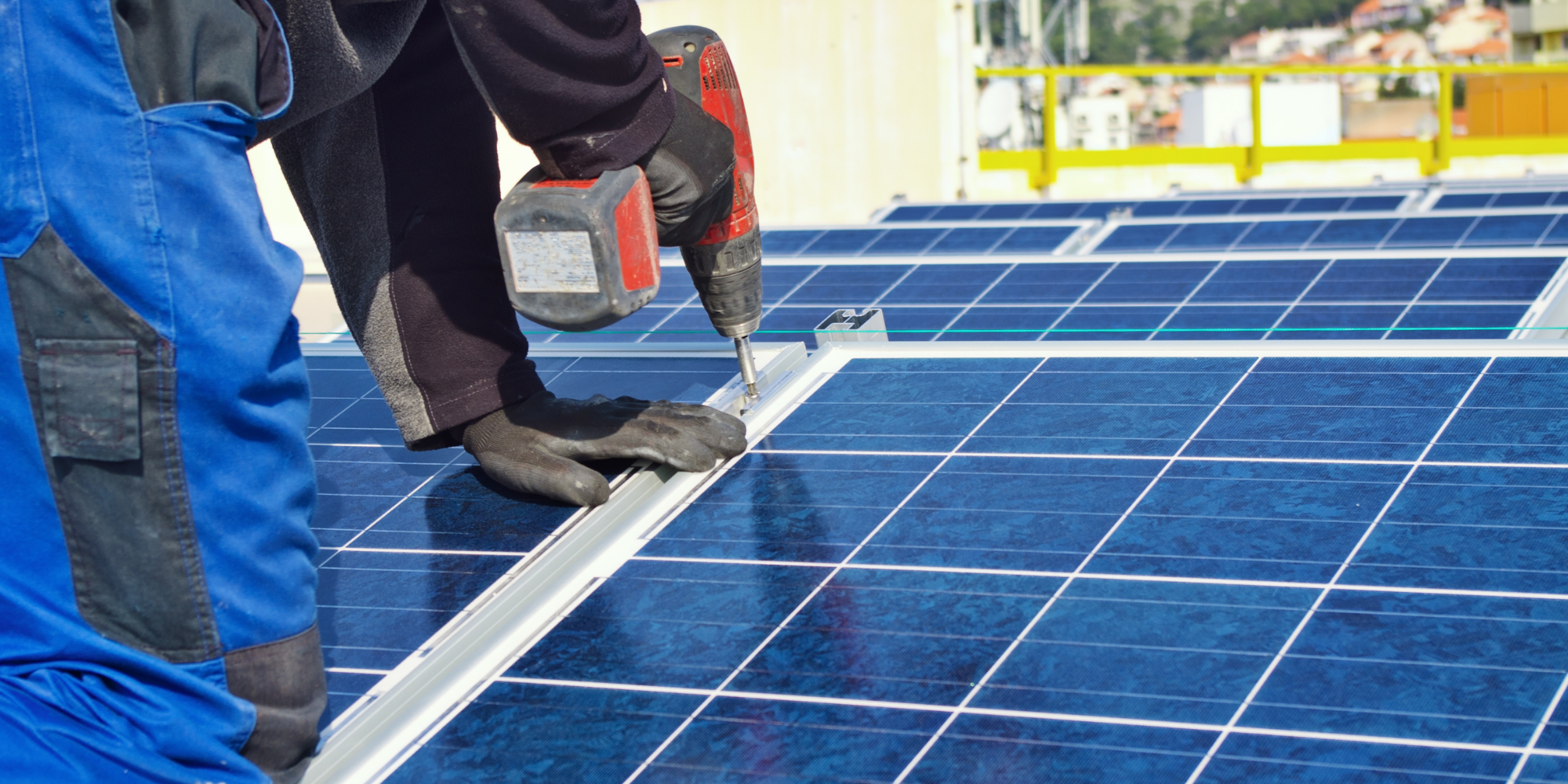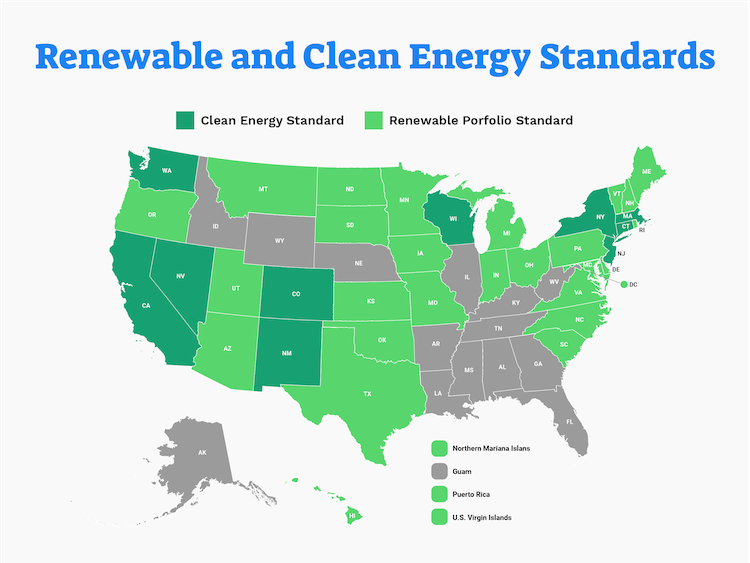In order to reach 100% clean power by 2035, we’ll have to rapidly ramp up renewable power generation and upgrade America’s aging transmission infrastructure. These industries are already growing quickly, and implementing a Clean Electricity Standard will supercharge them, creating an explosion of new jobs. Evergreen and Data for Progress’s recent Roadmap to 100% Clean Electricity by 2035 estimates that a federal CES could create up to 2.2 million jobs by the 2030s.
This approach is proven. States that have passed ambitious renewable portfolio standards (standards that mandate increased energy generation from renewable sources) have seen tens of thousands of jobs created and billions more in investments. And even states with more moderate targets were able to unlock considerable economic benefits.
Translating the success of these state-level policies to the federal level can create millions of good jobs building a 100% clean energy economy, with downstream effects powering growth across many different sectors. And by pairing clean energy investments with strong labor standards, President Biden’s CES will help power our economic recovery and put millions of Americans to work.
How Clean Electricity Standards Create Jobs — A Proven Track Record in the States
Clean and renewable electricity standards have proven to drive job creation across the country. For instance, seven states that passed particularly bold renewable portfolio standards have seen huge economic growth. Strong clean energy targets in Hawaii, California, Nevada, Colorado, Minnesota, Connecticut and Oregon helped create more than 72,000 jobs and over $13 billion invested in solar installations in those states 2014 alone.
States with clean energy standards consistently rank highest in the number of renewable energy jobs. As of 2017, 8 of the top 10 states for wind jobs and 9 of the top 10 for solar jobs had implemented a renewable portfolio standard.
State-level clean energy standards demonstrate the power of a clean electricity standard to mobilize workers to build new clean energy generation. The Lawrence Berkeley National Laboratory found that “[r]oughly half of all growth in U.S. renewable electricity (RE) generation and capacity since 2000 is associated with state RPS requirements… [W]ithin particular regions — namely, the Northeast and Mid-Atlantic — RPS policies have remained a dominant driver for RE growth.”

